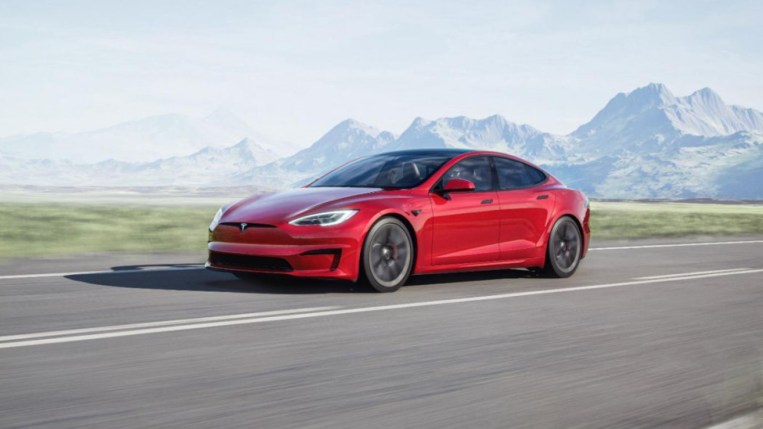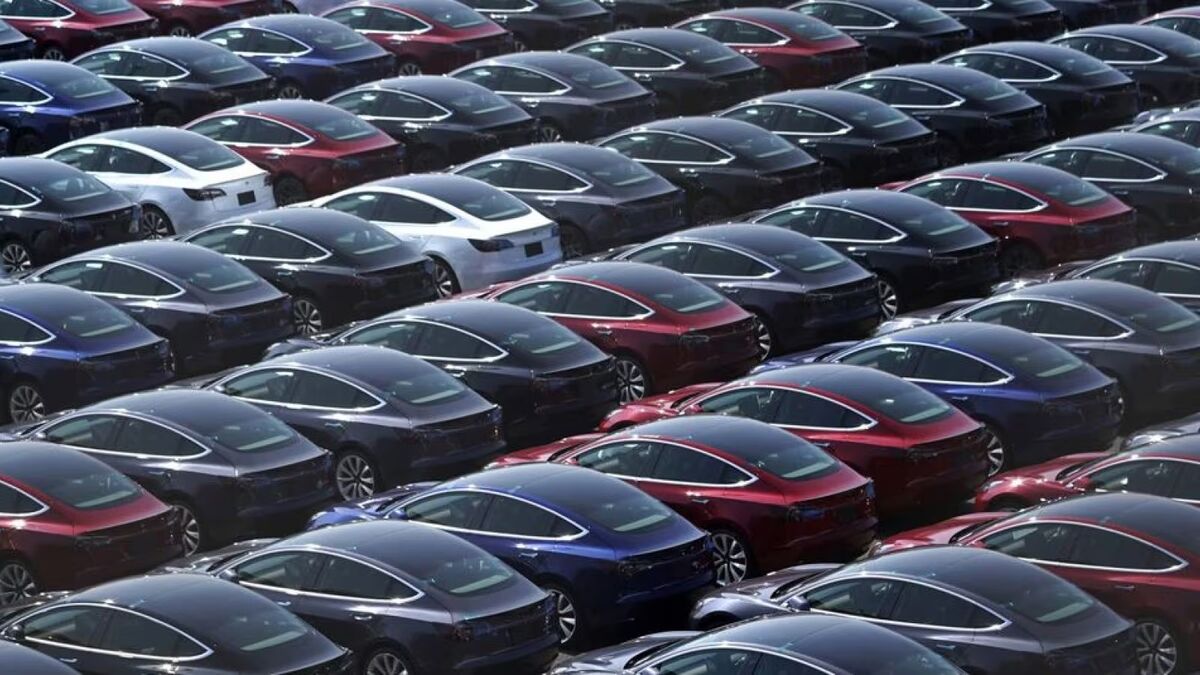Behind door number one, we have an automaker setting records for producing, selling, and delivering new cars while working around microchip supply problems that are hamstringing competitors.
Behind door number two, we have a car company that once again lost money selling cars. It posted a successful quarter only by selling regulatory credits to other automakers and engineering careful Bitcoin transactions.
These two doors lead to the same room.
There may be no company in America, and there is certainly no company in the car industry, more complicated and divisive than Tesla. So, of course, a simple quarterly report from the California-based electric car maker tells many different stories.
The Positive Tale
A sampling of headlines from this morning:
“Tesla Posts Record Net Income of $438 Million; Revenue Surges by 74%”
“Tesla Cracks $1 Billion Profit Mark”
“Tesla Finally Justifies its Year-Ago Valuation”
In the first quarter, Tesla delivered 184,877 cars. That beat analyst estimates and every previous quarter. While less than a third of what the largest automakers deliver in a quarter, the numbers show remarkable growth for Tesla. It sold about 88,500 in the first quarter of 2020.
Most of those sales are the company’s two least-expensive products, the Model 3 sedan and Model Y SUV. Together, the high-end Model S sedan and Model X SUV account for about 1 percent of total deliveries.
Tesla also captures more revenue from each sale, thanks to the economies of scale achieved by doubling production. In its quarterly shareholder statement, the company explains, “In 2017, as we began production of Model 3, our average cost per vehicle across the fleet was ~$84,000. Due to the launch of new products and new factories and the reduced mix of Model S and Model X, our average cost declined to sub-$38,000 per vehicle” last quarter.
The company does not break out sales by region but says that much of its growth comes from the world’s largest car market – China. Tesla is expanding its Shanghai factory and will soon bring new factories online in Texas and Germany. It also plans to begin deliveries of its new Cybertruck late this year.
The quarterly statement told investors, “over a multi-year horizon, we expect to achieve 50-percent average annual growth in vehicle deliveries,” and “we expect our operating margin will continue to grow over time, continuing to reach industry-leading levels.”
While much of the auto industry has been rocked by a worldwide microchip shortage, Tesla is able to largely evade its effects. Tesla told shareholders, “In Q1, we were able to navigate through global chip supply shortage issues in part by pivoting extremely quickly to new microcontrollers, while simultaneously developing firmware for new chips made by new suppliers.”
Most automakers make changes to their vehicles only with the introduction of a new model year. Tesla routinely modifies its offerings in the middle of a production run. This left engineers agile enough to modify designs to use the available chips, rather than reducing production, as most rivals have.
The Negative Tale
A different sampling of headlines from this morning:
“Tesla Makes More Money Trading Bitcoin than Selling Cars”
“Tesla Loses a Lot of Money Selling Cars, But Makes it All Back on Credits and Bitcoin”
“Tesla’s First Quarter Sales Rise More than 70 percent, but Stock Slips”
In its most successful quarter ever, Tesla, the automaker, lost money automaking. Again. In 17 years in business, it has yet to make any money selling cars.
Tesla booked $438 million in profit in the first quarter. Much of it is due to $518 million in sales of emission credits and $101 million from bitcoin investments.
The federal government, and some state governments, require automakers to hit certain minimum emissions targets with the cars they sell. If an automaker misses its targets, it pays heavy fines.
Most automakers routinely miss their targets but are saved by another provision in the law. Companies that emit fewer emissions than the law requires earn credits they can sell to those that don’t. Tesla, which makes only electric cars, has always sold its credits to its rivals. Without those sales, the company would not have had a positive quarter.
In fact, without those sales, the company would never have had a positive quarter.
This isn’t necessarily a problem as long as the status quo lasts. But, with nearly every automaker pivoting to electric cars, that market will eventually dry up.
For the first quarter of 2021, Tesla found another revenue source – trading cryptocurrency. The company bought $1.5 billion worth of bitcoin.
It also announced in February that it would begin accepting bitcoin as a form of payment – a move that helped drive up the price of the currency. As bitcoin rose, Tesla sold enough to bank another $101 million in profit.
Tesla plans to continue using cryptocurrency as part of its growth strategy. Chief Financial Officer Zachary Kirkhorn told investors this week, “It is our intent to hold what we have long term and continue to accumulate bitcoin from transactions from our customers as they purchase vehicles.”
Bitcoin has also come under criticism recently because immense amounts of electricity are required by server farms that mine the currency. Since most of that electricity comes from non-renewable sources, critics say, the currency is environmentally destructive. It’s an ironic twist for the world’s premier builder of electric cars to depend on for its survival.
What it Means for Car Shoppers
For those shopping for an electric car, we can offer only this: A company that can sell 184,000 cars in three months is not going away anytime soon. It’s hard to read the future of Tesla and its leadership. But it no longer seems realistic to think that buyers could find themselves stuck without support for their new car in a few years.
Tesla’s first-quarter results, though, are something of a Rorschach test. Is the company a brave innovator revolutionizing a staid old industry? Or is it a house of cards that doesn’t even have the positive environmental impact at the heart of its appeal? Maybe both?
A Silicon Valley company losing money to fuel aggressive growth and compensating with margin plays instead of profit is nothing new. But, in the more traditional automotive industry, such tactics are unheard of and can seem unsustainable.
Maybe CEO Elon Musk can clear all of this up this weekend when he hosts “Saturday Night Live.”








